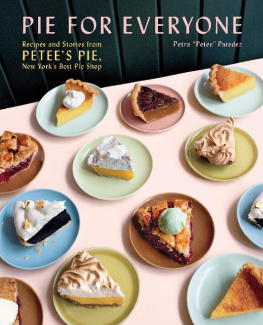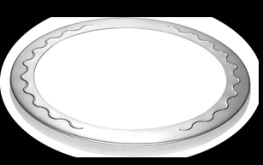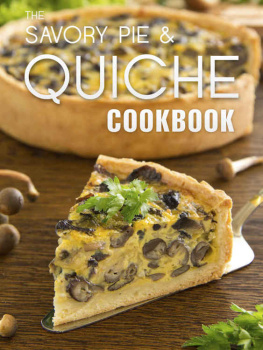




THE RECIPES
RECIPE LIST
LA MODE
TOPPINGS & OTHER DELICIOUS
HOMEMADE PIE INGREDIENTS


WHY WE MAKE PIE
Americans really seem to think that pie is ours. After all, pie is a staple of the American aesthetic, from Norman Rockwell to David Lynch, and it is the crucial culmination of the most American of holidays, Thanksgiving. However, depending on how generous your definition is, pie has existed for millennia.
Culinary historians posit that ancient Egyptians transported honey, nuts, and fruit in a baked dough and that this tradition was passed on to the Greeks, who baked meats in a simple flour-water pastry. Pie was popular in ancient Rome, tooa dish called placentainvolved sheeps cheese and honey baked in a wheat and spelt crust. Where Roman roads led, pies spread. Cooks in the various regions of Europe took to the crust-and-filling combination and incorporated it into their culinary repertory.
The early English pies were more functional than decadent. Although the crustknown as a coffynwas made of flour, it was tough to the point of inedibility, meant to be used as a baking vessel and storage container for the cooked filling. The Dark Ages of pie were temporary, though, as the English are also credited for incorporating fat into the crust, inventing a short pastry that was indeed tender enough to enjoy.
The English were responsible for yet another wave of pie proliferation. Pie is now central to the culinary identity of the many nations born of Englands imperial pursuitsconsider the meat pies of Australia and New Zealand and the phrase as American as apple pie. Where the English colonists landed, so did pie. From there the regional permutationssweet, savory, and in betweenemerged. This begets the question: Why is it that when I talk about pie, Im most likely referring to dessert, while in England the mention of pie might signify a savory meal? Like so many peculiarities of American culture, the answer can be traced to the dark and shameful heart of our capitalist foundation, slavery.

Pies at a Fourth of July barbecue in Callicoon, New York: Cheesecake, Strawberry Dream, Juneberry, Chocolate Cream, and Key Lime
Sugarcane was first cultivated in Asia and first refined in India. The practice spread west into Persia, then both refined sugar and the knowledge of how to make it spread even farther, with the Arab expansion in the seventh century. After it reached the Iberian peninsula, Christopher Columbus brought sugarcane to Hispaniola, the Portuguese brought it to Brazil, and the Dutch dispersed it throughout the West Indies. Slave labor fueled the sugar industry, and sugar processing became more efficient and less wasteful, making crystallized sugar more widely available and cheaper than ever before. In the early eighteenth century, the American colonies functioned as a trading hub between the West Indies and Europe. By the mid-nineteenth century, sugar cultivation spread into North America, until plantations along the Mississippi River were supplying roughly 25 percent of the worlds sugar (of course, it was available to the fledgling American states as well). With all that sugar at their disposal, its not surprising that American tastes in pie turned sweet.
American author and abolitionist Harriet Beecher Stowe once wrote of pies in the era of the sugar boom:
The making of pies at this period assumed vast proportions that verged upon the sublime. Pies were made by forties and fifties and hundreds, and made of everything on the earth and under the earth.
The pie is an English institution that, when planted on American soil, forthwith ran rampant and burst forth into an untold variety of genera and species. Not merely the old traditional mince pie but a thousand strictly American seedlings from that main stock evinced the power of American housewives to adapt old institutions to new uses. Pumpkin pies, cranberry pies, huckleberry pies, cherry pies, green-currant pies, peach, pear, and plum pies, custard pies, apple pies, Marlborough-pudding pies, pies with top crusts and pies without, pies adorned with all sorts of fanciful flutings and architectural strips laid across and around and otherwise varied all attested the boundless fertility of the feminine mind, when once let loose in a given direction.
















